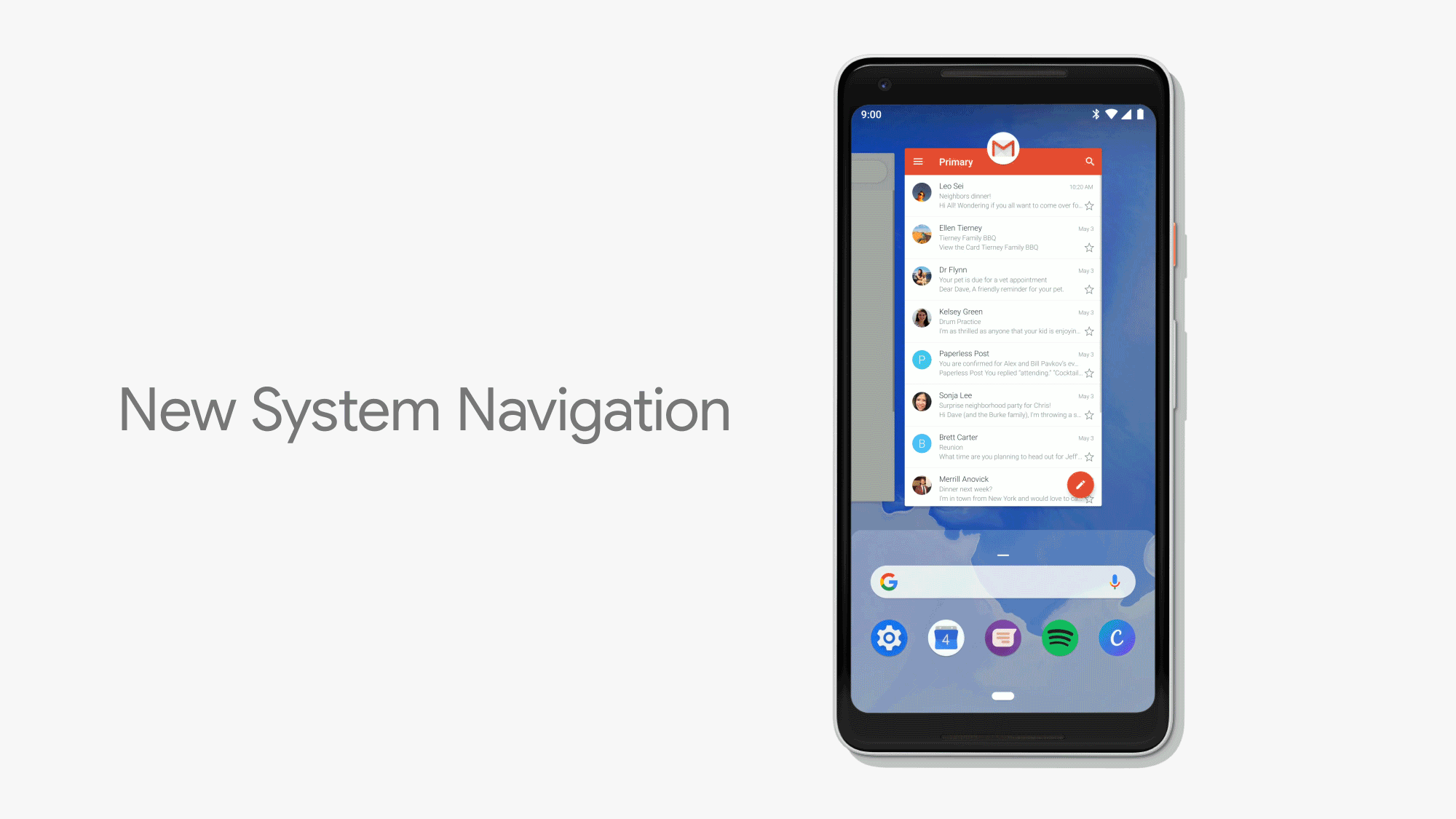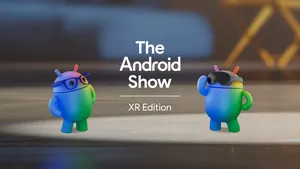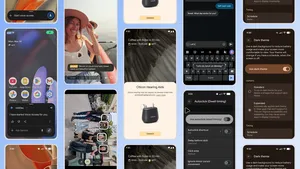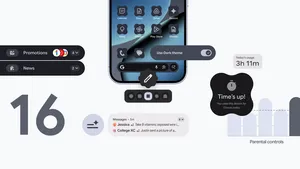Android P: Packed with smarts and simpler than ever
Ten years ago, when we launched the first Android phone—the T-Mobile G1—it was with a simple but bold idea: to build a mobile platform that’s free and open to everyone. Today, that idea is thriving—billions of people around the world rely on their Android phone every day.
To make Android smarter and easier to use than ever, today we’re unveiling a beta version of Android P, the next release of Android.
A smarter smartphone, with machine learning at the core
Android P makes your smartphone smarter, helping it learn from and adapt to you. Take battery life, for instance—I think all of us often wish we had more of it. In Android P, we partnered with DeepMind to build Adaptive Battery, which prioritizes battery power only for the apps and services you use the most, to help you squeeze the most out of your battery. We also used machine learning to create Adaptive Brightness, which learns how you like to set the brightness slider given your surroundings.
Across the platform, your phone will help you better navigate your day, using context to give you smart suggestions based on what you like to do the most and automatically anticipating your next action. App Actions, for instance, help you get to your next task more quickly by predicting what you want to do next. Say you connect your headphones to your device, Android will surface an action to resume your favorite Spotify playlist. Actions show up throughout Android in places like the Launcher, Smart Text Selection, the Play Store, the Google Search app and the Assistant.
Actions are a simple but powerful way for helping you get what you need quickly; but what if we could surface part of the app itself, right when you need it most? Slices do just that, giving you an even deeper look into your favorite apps. If you search for “Lyft” in Google Search, you can see an interactive Slice that gives you the price and time for a trip to work, and it’s interactive so you can quickly order the ride.
Adaptive Battery
App Actions
Slices
We want the entire device experience to be smarter, not just the OS, so we’re bringing the power of Google’s machine learning to app developers with the launch of ML Kit, a new set of cross-platform APIs available through Firebase. ML Kit offers developers on-device APIs for text recognition, face detection, image labeling and more. So mobile developers building apps like Lose It!, a nutrition tracker, can easily deploy our text recognition model to scan nutritional information and ML Kit’s custom model APIs to automatically classify over 200 different foods with your phone’s camera.
A simple, more approachable Android
With Android P, we put a special emphasis on simplicity. The look and feel of Android is more approachable with a brand new system navigation. In Android P, we’re extending gestures to enable navigation right from your homescreen. This is especially helpful as phones grow taller and it’s more difficult to get things done on your phone with one hand. With a single, clean home button, you can swipe up to see a newly designed Overview, the spot where at a glance you have full-screen previews of your recently used apps. Simply tap to jump back into one of them. If you find yourself constantly switching between apps, we’ve got good news for you: Smart Text Selection (which recognizes the meaning of the text you’re selecting and suggests relevant actions) now works in Overview, making it easier to perform the action you want.

Changing how you navigate your phone is a big deal, but small changes can make a big difference too. Android P also brings a redesigned Quick Settings, a better way to take and edit screenshots (say goodbye to the vulcan grip that was required before), simplified volume controls, an easier way to manage notifications and more. You’ll notice small changes like these across the platform, to help make the things you do all the time easier than ever.
Awareness and control of your digital wellbeing
Technology should help you with your life, not distract you from it. So we've been working hard to add key capabilities right into Android to help you achieve your desired balance with technology. Our focus is on giving you a greater understanding of how you use your phone, as well as more controls. A new Dashboard, for instance, shows you how you’re spending time on your device, including time spent in apps, how many times you’ve unlocked your phone, and how many notifications you’ve received. App Timer lets you set time limits on apps, and will nudge you when you’re close to your limit and then gray out the icon to remind you of your goal. The new Do Not Disturb mode silences not just the phone calls and notifications, but also all the visual interruptions that pop up on your screen. And to make it even easier to use, we created a new gesture: if you turn your phone over on the table, it automatically enters Do Not Disturb so you can focus on being present. Finally, Wind Down will switch on Night Light when it gets dark, and it will turn on Do Not Disturb and fade the screen to grayscale at your chosen bedtime to help you remember to get to sleep at the time you want.Dashboard, App Timer, Wind Down

Beyond smarts, simplicity and digital wellbeing, there are hundreds of additional improvements coming in Android P, including security and privacy improvements such as DNS over TLS, encrypted backups, Protected Confirmations and more.
Android P Beta is available today on Google Pixel. And thanks to work on Project Treble, an effort we introduced last year to make OS upgrades easier for partners, a number of our partners are making Android P Beta available today on their own devices, including Sony Xperia XZ2, Xiaomi Mi Mix 2S, Nokia 7 Plus, Oppo R15 Pro, Vivo X21, OnePlus 6, and Essential PH‑1.
Since we first launched Android ten years ago, we’ve been focused on how to build a platform for everyone. Android P is an important step toward bringing machine learning to everyone with an operating system that learns from you, adapts to you and helps you with everyday tasks.







